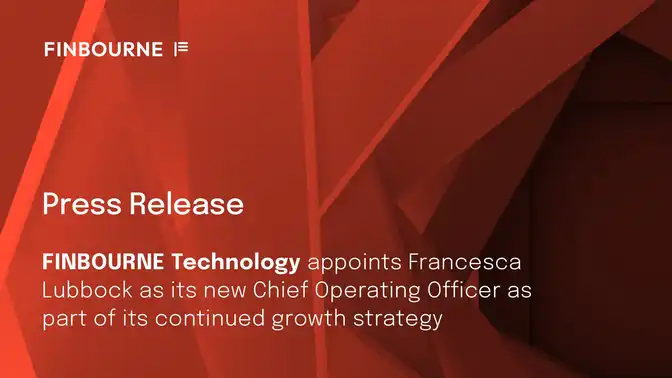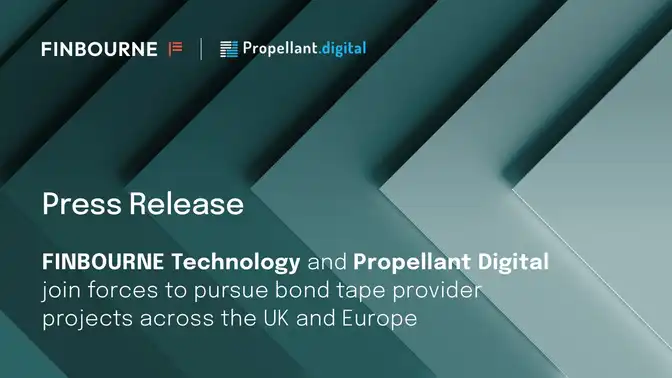Over the past decade, ESG has evolved from a niche concept into a driving force within the investment industry.
Initially embraced by a few forward-thinking investors, as awareness of the environmental and societal challenges we face grew, more and more people became attracted to investment strategies that prioritised ESG considerations. In turn, this surge in demand drew increasing scrutiny from regulators who wanted to ensure that financial institutions were fulfilling their part of the bargain, and not just greenwashing high-performing securities from unsustainable industries.
Today, ESG is a well-established discipline. There are strong regulations, a plethora of data sources, and consistently high demand for products that promote ESG objectives. Despite this, time and again, portfolio managers and institutions find themselves unable to realise the dream of providing high-performing, ethical investments to their stakeholders and clients – the question is why?
In this article, we’ll explore the world of ESG data and portfolio management. We’ll discuss why you should get to grips with ESG data, the key challenges facing organisations that seek to create funds with ESG mandates, and how FINBOURNE can help you navigate these complexities to gain a competitive edge.
Reason 1: ESG Products Attract Investment
ESG funds are big business. Investments into ESG funds have grown by over $1 trillion since 2020, and the trend shows no signs of slowing down. With ESG investments projected to constitute one-third of global AUM by the end of this year, getting a piece of this market is becoming increasingly important for organisations that want to ensure their products remain relevant into the future.
However, organisations that seek to create funds with ESG mandates face two key challenges.
1. How can I match ESG data to my holdings? Integrating ESG data with financial data is a complex task. ESG data comes from a variety of sources and is delivered in a range of formats making it hard to ensure its consistency and accuracy. Once ingested and cleaned, ESG data must be mastered alongside financial data to provide decision makers with a comprehensive view of each security’s ESG credentials. This process has proved to be labour-intensive, requiring small armies of analysts, and error-prone, given the lack of robust, off-the-shelf tools.
2. How can I use ESG data to make investment decisions? Most portfolio managers find that their existing technology simply isn’t equipped to create funds with an ESG mandate. They find that their Portfolio Management Systems can’t present decision makers ESG information, let alone allow them to act on it. As a result, even simple actions like defining an ESG funds investment model can’t be done without a lot of taxing, slow, manual work.
FINBOURNE’s LUSID platform solves both problems. We ingest and master your ESG data and present it to your Investment teams alongside all the other financial information they need to make investment decisions. Use our powerful Portfolio Management System (PMS) to model your strategy, define your investment model, as well as execute trades and rebalances to achieve your ESG mandates and requirements.
Reason 2 : Regulators want you to
ESG regulation is well embedded in the world’s major markets. The EU’s Sustainable Finance Disclosure Regulation (SFDR) led the way, and now the UK’s forthcoming Sustainability Disclosure Requirements (SDR) is incorporating much of the EU’s legislation into UK law. Even the US’s SEC has put forward changes to the “Names Rule” which some see as a precursor to the incorporation ESG data into investment reporting.
Although these regulations are different, in effect they all require organisations in the capital markets industry to engage with ESG data in some way.
SFDR, the most embedded of all these regulations, requires market participants to provide detailed disclosures on how ESG factors are incorporated into investment processes. SFDR categorises funds into Article 6 (funds without ESG objectives), 8 (funds that promote ESG characteristics), and 9 (funds that have an explicit ESG objective) funds, each with increasing levels of ESG commitment and reporting requirements.
Consequently, many organisations in the EU find that they must interact with ESG data in some form. Even organisations who “don’t do ESG” and only offer article 6 funds are required to articulate how they manage sustainability risk, something that is hard to do without access to ESG data! Those organisations offering Article 8, or 9 funds must track the ESG characteristics of their holdings in significant detail to prove they are meeting their mandates or risk the ire of the regulator.
But how can I provide accurate ESG reporting to regulators and clients?
Currently, this process is resource-intensive and complex. Often, to satisfy the regulators demands, analysts are forced to pull data on holdings, match it with its corresponding ESG characteristics, then populate a compliant report. This process can take days if not weeks and can be significantly out of date by the time the final report is produced.
FINBOURNE’s LUMINESCE data virtualisation technology tackles this challenge head-on. Organisations can use LUMINESCE to gather the latest ESG and financial data on the securities they hold and use it to create and accurate client and regulator facing reporting. Whatever an organisation is using ESG data for, be it articulating how they manage sustainability risks, tracking the ESG characteristics of an article 8 fund, or explicitly articulating how they are meeting the ESG objectives of an Article 9 fund, LUMINESCE allows you to source the data you need in a few clicks of a mouse.
Reason 3 : ESG Risks Are Market Risks
ESG data describes some of the greatest risk humanity encounters today. Ignore the requirement for good governance and you risk legal and reputational ramifications, ignore the need for social inclusion and you risk alienating large sections of society, ignore the environment and you risk the very future of our planet.
ESG data can therefore be used by organisations seeking to understand and mitigate the broad range of risks they face. Many organisations now recognise that to maintain a portfolio’s resilience and the trust of their investors, they need to ensure that they have a good understanding of how changes the ESG characteristics of their holdings are likely to affect their bottom line.
How can I incorporate ESG data into my wider risk management processes?
Asset managers encounter significant hurdles when integrating ESG data into their broader risk management frameworks. They must adeptly identify and assess a broad spectrum of ESG risks, spanning from carbon emissions to corporate governance practices, gather data that describes them, and then incorporate this data into their control tools and frameworks that prevent breaches and tackle emerging risks quickly.
FINBOURNE’s enables organisations to easily integrate ESG data into their wider risk management processes. Our advanced pre-and-post-trade compliance tools allow organisations to quickly establish controls that prevent them deviating from their mandates and raise alert the appropriate people once an emerging risk is identified. With FINBOURNE you can be sure that you will meet stringent regulatory frameworks and only operate inside your own risk tolerances and controls.
Conclusion
Mastering ESG data is not just about compliance or keeping investors happy — it’s about seizing opportunities.
As the demand for sustainable investments continues to rise and regulatory scrutiny intensifies, investment management organisations must integrate ESG considerations into their strategies if they want to remain competitive.
FINBOURNE’s innovative ESG solution provides the necessary tools to navigate these complexities effectively, from creating ESG-focused funds, to ensuring regulatory compliance and mitigating ESG risks. By embracing ESG data organisations can not only enhance their investment strategies but also contribute positively to the global shift towards sustainable finance.
Interested to learn more? Speak to one of our experts today by clicking here.






